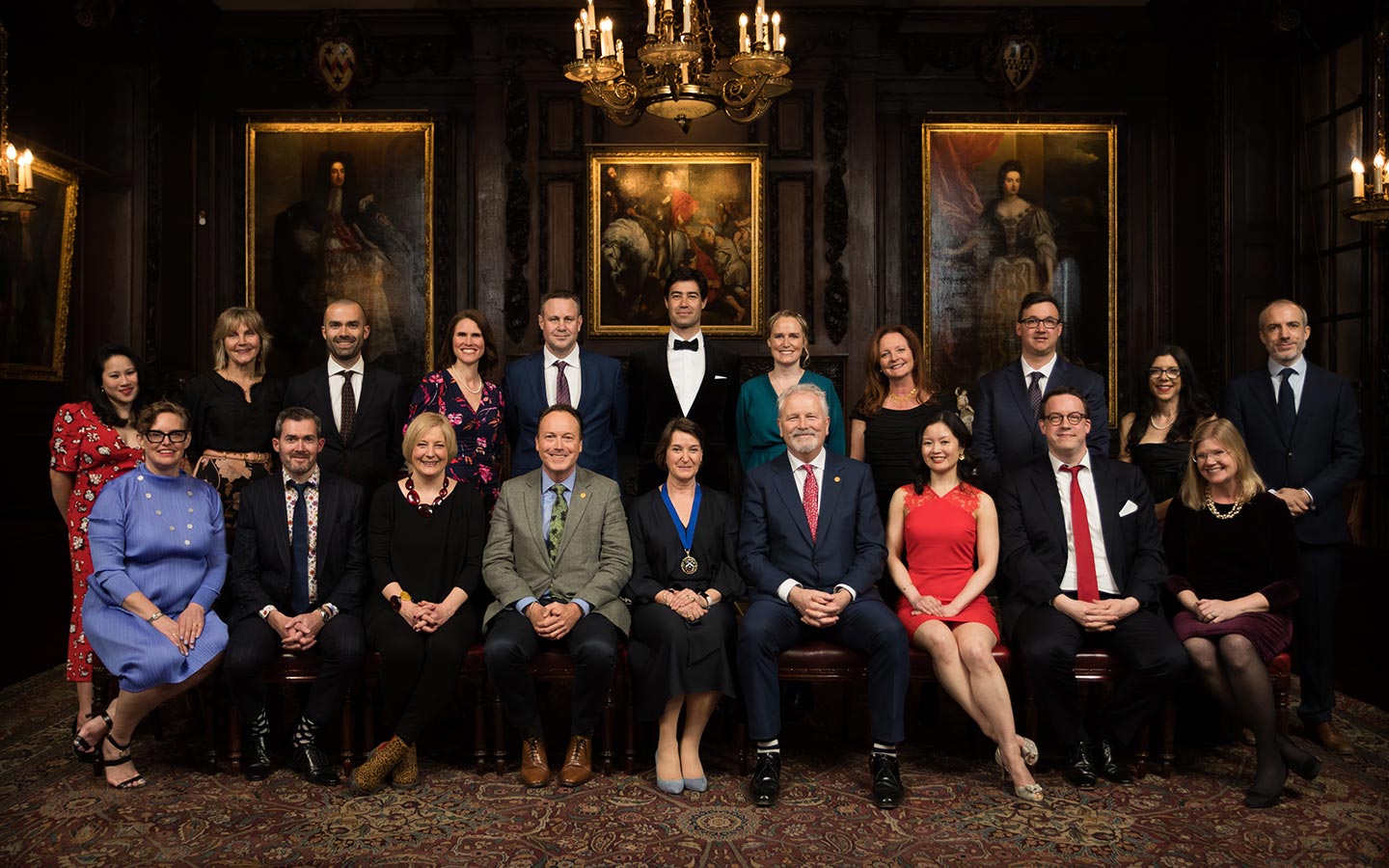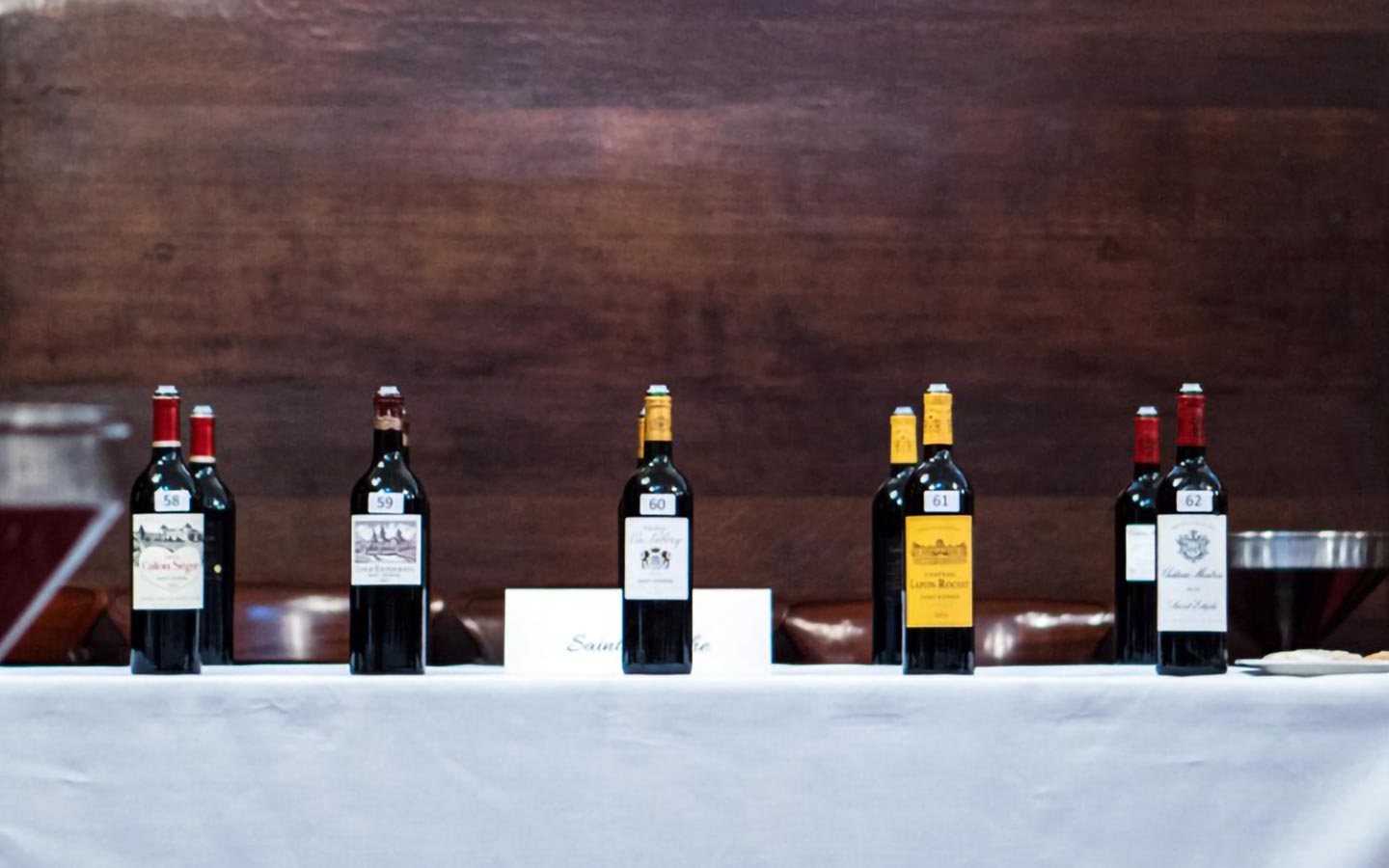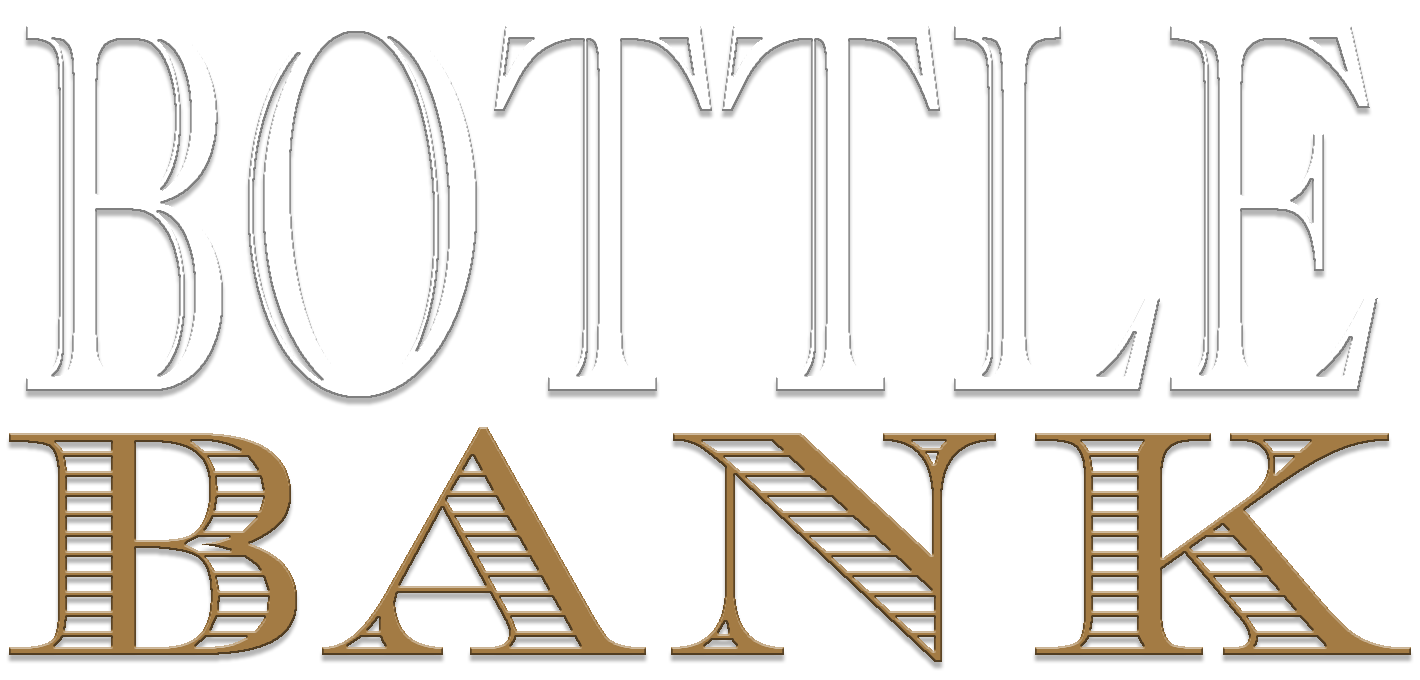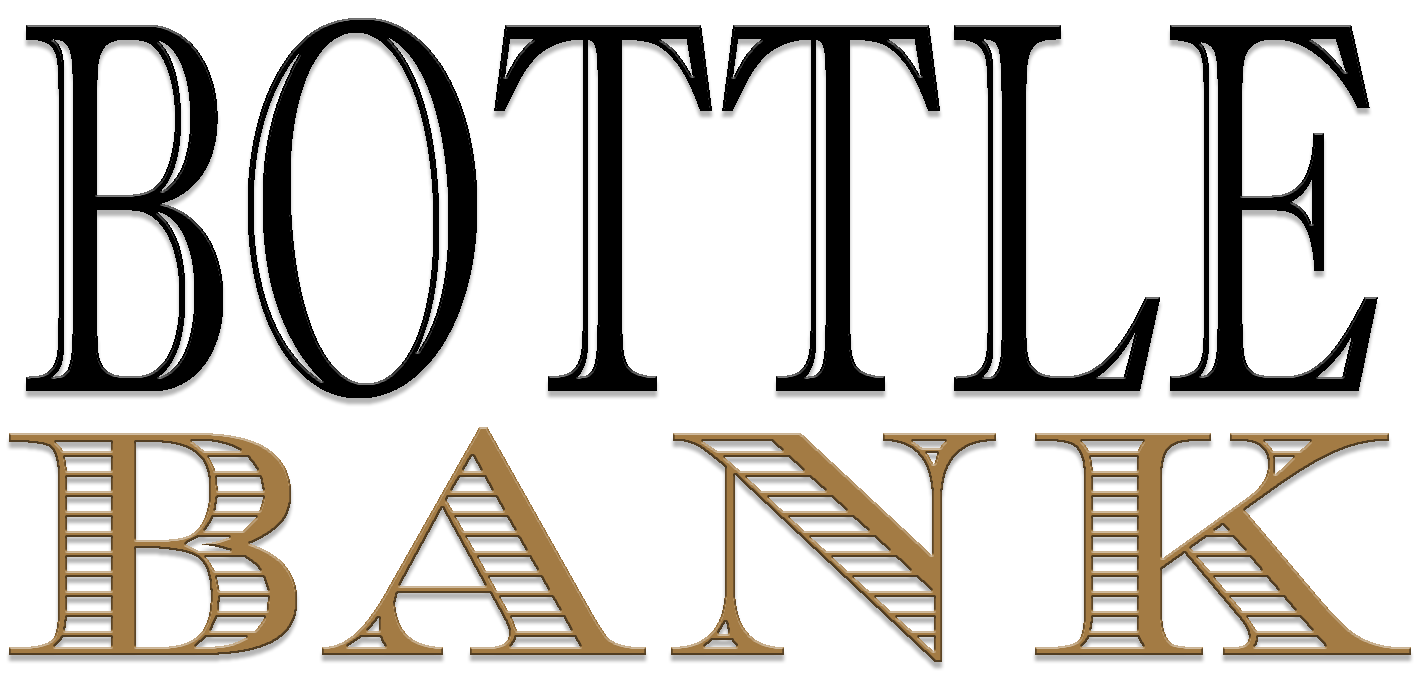People often confuse Masters of Wine (MW) from the Institute of Masters of Wine with Master Sommelier (MS) from the Court of Master Sommeliers and vice versa. The primary purpose of the Institute of Masters of Wine and the Master of Wine Exam is to promote excellence, interaction and learning, across all sectors of the global wine community. Its membership encompasses winemakers, buyers, shippers, business owners, retailers, academics, sommeliers, wine educators, writers, and journalists. Whereas, the Master Sommelier designation is more geared towards individuals working in hotel and restaurant beverage service.
This article will focus on the Masters of Wine (MW) credential and give you a thorough understanding of the process to achieve this designation.
The Institute of Masters of Wine is often considered the gold standard in the accreditation of wine knowledge. Since inception more than 65 years ago, the Master of Wine title has been collectively held by a worldwide family of wine professionals. As of October 2022, there are 418 MWs around the world, each contributing to the wine world in their own way.
The journey to becoming an Master of Wine is a challenging one, but there are many resources available to help you achieve success. A Master of Wine will be assigned as your mentor, and you will have numerous opportunities to meet fellow students and other industry leaders during residential seminars and course days.
New Masters of Wine welcomed in 2022

An elegant ceremony was held on March 23, 2022, where The Institute of Masters welcomed 17 new Masters of Wine into their membership. These students passed the Master of Wine Exam during 2020 and 2021, but this was the first event held since the pandemic.
The six 2020 Masters of Wine inaugurated were, Beans Boughton MW (UAE), Jacqueline Cole Blisson MW (Canada), Heidi Iren Hansen MW (Norway), Annette Lacey MW (Australia), Geoffrey Moss MW (Canada) and Ross Wise MW (Canada).
The 11 Masters of Wine from 2021 were Claire Blackler MW (UK), James Doidge MW (UK), Gabriele Gorelli MW (Italy), Susan Lin MW (US), Moritz Nikolaus Lüeke MW (Germany), Álvaro Ribalta MW (Spain), Tze Sam MW (UK), Melissa Saunders MW (US), Kryss Speegle MW (US), Clare Tooley MW (US) and Siobhan Turner MW (UK). Sophie Parker-Thomson MW and Michael Henley MW, both from New Zealand, were unable to attend the ceremony but will be honored in November 2022.
The Master of Wine exam tests a candidate’s understanding of the art, science, and business of wine from a theoretical as well as practical perspective. Exam standards remain as rigorous as they were in 1953, when only six out of 21 candidates passed. An external adjudicator guides a panel of Masters of Wine in setting and marking the questions every year.
Three parts make up the Master of Wine exam: theory and practical examinations, and a research paper that is submitted at the end of stage three.
Master of Wine Exam – Stage One: Assessment
All students taking the Master of Wine Exam are required to take the Stage One Assessment at the end of their first year. Questions include determining the grape variety the wine was made of, the origin of the wine, its quality, age and potential for further ageing, its production method, style and commercial potential.
Master of Wine Exam – Stage Two: Practical Exam
Stage Two Practical Master of Wine Exam consists of three 12-wine blind tastings in which wines must be assessed for variety, origin, commercial appeal, winemaking, quality and style.
Master of Wine Exam – Stage Two: Theory Exam
Five written essays are required for the Stage Two Theory Master of Wine Exam on viticulture, vinification and pre-bottling procedures, the handling of wine, the business of wine and contemporary issues.
Master of Wine Exam – Stage Three: Research Paper
Stage Three requires a Research Paper written on a topic determined by the candidate and expected to be between 6,000 and 10,000 words.
In order to become a member of the Institute of Masters of Wine, one must pass all three elements of the exam. The right to use the title Master of Wine and its abbreviation (MW) after one’s name is conferred by membership in the IMW and compliance with its code of conduct.

2022 Master of Wine (MW) exam questions, along with the list of wines to be tasted during the practical (tasting) portion, have now been published by the Institute of Masters of Wine.
Institute of Masters of Wine
Master of Wine Exam 2022
Practical Blind Taste 1
Question 1:
Wines 1 and 2 are from the same producer and the same vintage. For each wine:
- Identify the origin as closely as possible. (2 x 1 0 marks)
With reference to both wines:
- Compare the two wines discussing the quality, maturity, use of oak and market position. (30 marks)
Question 2:
Wines 3-5 are from the same country. For each wine:
- Identify the origin and variety as closely as possible. (3 x 10 marks)
- Comment on the quality and maturity. (3 x 10 marks)
- Comment on the winemaking techniques used. (3 x 5 marks)
Question 3:
Wines 6-8 come from the same country. For each wine:
- Identify the origin and variety /ies as closely as possible. (3 x 15 marks)
- Discuss the wine’s style and quality; consider which markets this wine would be successful in. (3 x 10 marks).
Question 4:
Wines 9-12 are from different countries and are made from different, single grape varieties. For each wine:
- Identify the grape variety and origin as closely as possible. (4 x 15 marks)
- Comment on quality and market position. (4 x 10 marks)
Wines:
- Meursault Les Chevalieres, Domaine Xavier Monnot, 2019. Burgundy, France. (13.0%)
- Corton Charlemagne, Domaine Xavier Monnot, 2019. Burgundy, France. (13.5%)
- Riesling Springvale, Grosset, 2021. Clare Valley, Australia. (12.9%)
- Chardonnay, Pierro Vineyards, 2019. Margaret River, Australia. (13.5%)
- Marsanne Museum Release, Tahbilk, 2014. Nagambie Lakes, Victoria, Australia. (13.0%)
- Pinot Grigio delle Venezie, Giannitessari, 2020. Veneto, Italy. (12.0%)
- Gewurztraminer, Erste+Neue, 2020. Alto Adige, Italy. (14.0%)
- Etna Bianco di Sei, Palmento Costanzo, 2018. Sicily, Italy. (12.0%)
- Torrontes, Colome Estate, 2021. Salta, Argentina. (13.0%)
- Albarino, ‘La Trucha’, Bodegas Notas Frutales, 2020. Rias Baixas, Spain. (13.0%)
- GrUner Veltliner, Loimer, 2020. Kamptal, Austria. (12.0%)
- Roussanne, Domaine de Tunnel, 2020. Saint-Peray, Rhone, France. (14.0%)
Practical Blind Taste 2
Question 1:
Wines 1-3 are from different countries and are each made from a different, single grape variety. Wine 4 is a blend of all three of these varieties. For each wine 1-3:
- Identify the grape variety and the origin as closely as possible. (3 x 15 marks)
- Comment on the style, considering possible reasons for not blending the variety used for this wine. (3 x 1 0 marks)
For wine 4:
- Comment on the purpose of blending these varieties with reference to balance and quality. (15 marks)
- Identify the origin as closely as possible. (10 marks)
Question 2:
Wines 5 and 6 are from the same region but different sub-regions. For each wine:
- Identify the sub-region as closely as possible. (2 x 10 marks)
- Comment on the key winemaking techniques used. (2 x 5 marks)
- Comment on the style and quality. (2 x 10 marks)
Question 3:
Wines 7 and 8 are from the same region but different sub-regions. For each wine:
- Identify the sub-region as closely as possible. (2 x 10 marks)
- Comment on the key winemaking techniques used. (2 x 5 marks)
- Comment on the style and quality. (2 x 10 marks)
Question 4:
Wines 9 and 10 are made from the same single grape variety and come from the same region. With reference to both wines:
- Identify the grape variety and the region as closely as possible. (20 marks)
- Compare and contrast style and quality. (20 marks)
- Compare and contrast market potential. (10 marks)
Question 5:
Wines 11 and 12 are made from the same single grape variety or predominant grape variety and come from the same region. With reference to both wines:
- Identify the primary grape variety and the region as closely as possible. (20 marks)
- Compare and contrast style and quality. (20 marks)
- Compare and contrast market potential. (10 marks)
Wines:
- Chi non Cuvee Terroir, Charles Joguet, 2019. Loire Valley, France. (13.5%)
- Cabernet Sauvignon, Double Diamond, Schrader Cellars, 2018. Oakville, Napa Valley, USA. (14.5%)
- Merlot, Vino de Eyzaguirre, 2019. Colchagua Valley, Chile. (13.0%)
- Chateau Larrivet Haut-Brion, 2018. Pessac-Leognan, Bordeaux, France (14.0%)
- Chianti Classico ‘Brolio’, Barone Ricasoli, 2017. Tuscany, Italy. (13.5%)
- Brunello di Montalcino, Montosoli, Altesino, 2015. Tuscany, Italy. (14.5%)
- Bourgogne Hautes Cotes de Beaune, Domaine Frederic Esmonin, 2019. Burgundy, France. (12.5%)
- Clos Vougeot, Domaine Gros Frere & Soeur, 2017. Burgundy, France. (14.0%)
- Malbec ‘Serie A’, Zuccardi, 2020. Uco Valley, Mendoza, Argentina. ( 13.9%)
- Malbec Reserve Old Vine, Altocedro, 2018. Uco Valley, Mendoza, Argentina (14.5%)
- Zinfandel, Mother Clone, Pedroncelli, 2019. Dry Creek Valley, USA. (15.5%)
- Lytton Springs, Ridge Vineyards, 2019. Dry Creek Valley, USA. (14.6%)
Practical Blind Taste 3
Question 1:
Wines 1 – 4 are all sparkling rose wines. Wines 1 and 2 are from one country, and wines 3 and 4 are from another country. For each wine:
- Identify the origin as closely as possible and the grape variety(ies) used. (4 x 10 marks)
- Comment on the key winemaking techniques. (4 x 10 marks)
- Comment on the quality within the context of the origin. (4 x 5 marks)
Question 2:
Wines 5 – 9 are all from different countries of origin and are all made from different predominant grape varieties. For each wine:
- Identify the grape variety/ies and origin as closely as possible. (5 x 10 marks)
- Comment on the key winemaking techniques, with specific reference to the level of residual sugar. (5 x 7 marks)
- Comment on the quality and state of maturity. (5 x 8 marks)
Question 3:
Wines 10 – 12 are from three different countries. For each wine:
- Identify the origin as closely as possible. (3 x 1 0 marks)
- Comment on the key winemaking techniques. (3 x 5 marks)
- Comment on the style, quality, and commercial position. (3 x 10 marks)
Wines:
- Prosecco Rose Brut, La Gioiosa, 2020. Veneta, Italy. (11.0%)
- Spumante Rosato ‘Cadelvento’, Venturini Baldini, 2020. Lambrusco, Italy (11.5%)
- Rose Brut, Bollinger, NV. Champagne, France. (12.0%)
- Brut Rose, Simonnet-Febvre, NV. Cremant de Bourgogne, France. (12.0%)
- GewUrztraminer, Single Vineyard, Te Whare Ra Wines, 2020. Marlborough, New Zealand. (14.0%)
- Riesling Spatlese, Erbacher Hohenrain, Schloss Reinhartshausen, 2015. Rheingau, Germany. (7.0%)
- T Noble Late Harvest Chenin Blanc, Ken Forrester, 2019. Stellenbosch, South Africa. (11.5%)
- Tokaji Aszu 5 Puttonyos, Sauska, 2017. Tokaj, Hungary. (11.5%)
- Chateau Coutet, 2016. Sauternes – Barsac, France. ( 13.0%)
- Recioto della Valpolicella Classico, Corte Sant’Alda, 2018. Veneta, Italy. (15.0%)
- 10 Year Tawny Port, Quinto do Naval, NV. Douro, Portugal. (19.5%)
- Para 10 Year Grand Tawny, Seppeltsfield, NV. South Australia, Australia. (20. 9%)
Theory Essay 1 (Viticulture)
Three questions to be answered, one from Section A and two from Section B.
Section A:
- Which diseases of the vine are the greatest threat to vineyards around the world today, and why?
- What effects do vineyard pests have on grape quality, and how do grape growers control them?
Section B:
- To what extent does the geology of a vineyard affect the way it is managed
- Glyphosate use is coming under increasing scrutiny. Should it be banned in modern viticulture? What are the alternatives?
- As a viticulturist, what factors would influence your approach to growing cover crops in a vineyard?
- What factors affect the timing of pruning in vineyards around the world?
Theory Essay 2 (Vinification)
Three questions to be answered, one from Section A and two from Section B.
Section A:
- Explain the process of malolactic fermentation in winemaking. How, why and when is it employed?
- Examine the role of yeast lees during wine maturation.
Section B:
- What are the options available for pre- and post-fermentation maceration in winemaking? What factors determine their use?
- How can a winemaker ensure consistency in a wine’s style over a number of years?
- Describe what a winemaker can do when faced with each of the following situations:
- Stuck fermentation
- Undesirable oxidative characters, including mouse taint
- Early-stage Brettanomyces infection
- Analyse the options available to producers of high-quality Chardonnay for reducing the risk of premature oxidation in bottle.
Theory Essay 3 (Handling of wine)
Answer two of the following four questions.
- What are the main technical issues a wine producer should consider when evaluating a change from bottling still wines at source to shipping them in bulk for bottling in the destination market?
- Outline the winemaker’s key considerations when deciding whether or not to filter each of the following in preparation for bottling:
- white wine with 180g/L residual sugar
- ruby port
- Bourgogne Pinot Noir
- ‘Post-maturation wine stabilisation practices should be used only on low-end wines.’ Discuss.
- You are a producer planning to sell your wine to countries in the European Union (EU). What requirements for analysis and labelling must be met to ensure compliance with EU law?
Theory Essay 4 (The business of wine)
Three questions to be answered, one from Section A and two from Section B.
Section A:
- How has the global coronavirus pandemic impacted consumer wine purchasing behaviours? Use examples from at least three significant markets to illustrate your answer.
- What measures determine the strength of a wine brand? How can brand managers most effectively influence their brand’s long-term performance
Section B:
- Who or what are the most important influencers of consumer behaviour in today’s world of wine?
- Which emerging wine-producing countries or regions have the best chance of establishing
themselves as a significant force on the international wine market, and why - Which are the most attractive markets for premium Italian wines, and why
- You are the production director of a one million-case winery which aspires to become carbon neutral by the end of the decade. What steps would you take to achieve this objective?
Theory Essay 5 (Contemporary issues)
Two questions to be answered, one from Section A and one from Section B.
Section A:
- ‘Natural wine does not need a legal definition.’ Discuss.
- Assess the main challenges and opportunities for the wine education industry around the globe in the next ten years.
Section B:
- How is artificial intelligence being used within the wine industry and what might its impact be in the coming decades?
- Are biodynamic practices the key to more sustainable wine production?
- Does anyone still need wine writers?
The best way to learn about wine is…
…to drink it. ~ Damon Raque
This article is brought to you by Bottle Bank as part of the Wine Education Series (WES)
Bottle Bank is Atlanta’s premier wine lounge and private wine storage facility for serious collectors, connoisseurs and aspiring enthusiasts. #WineVaults

